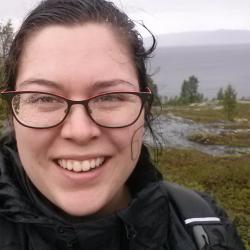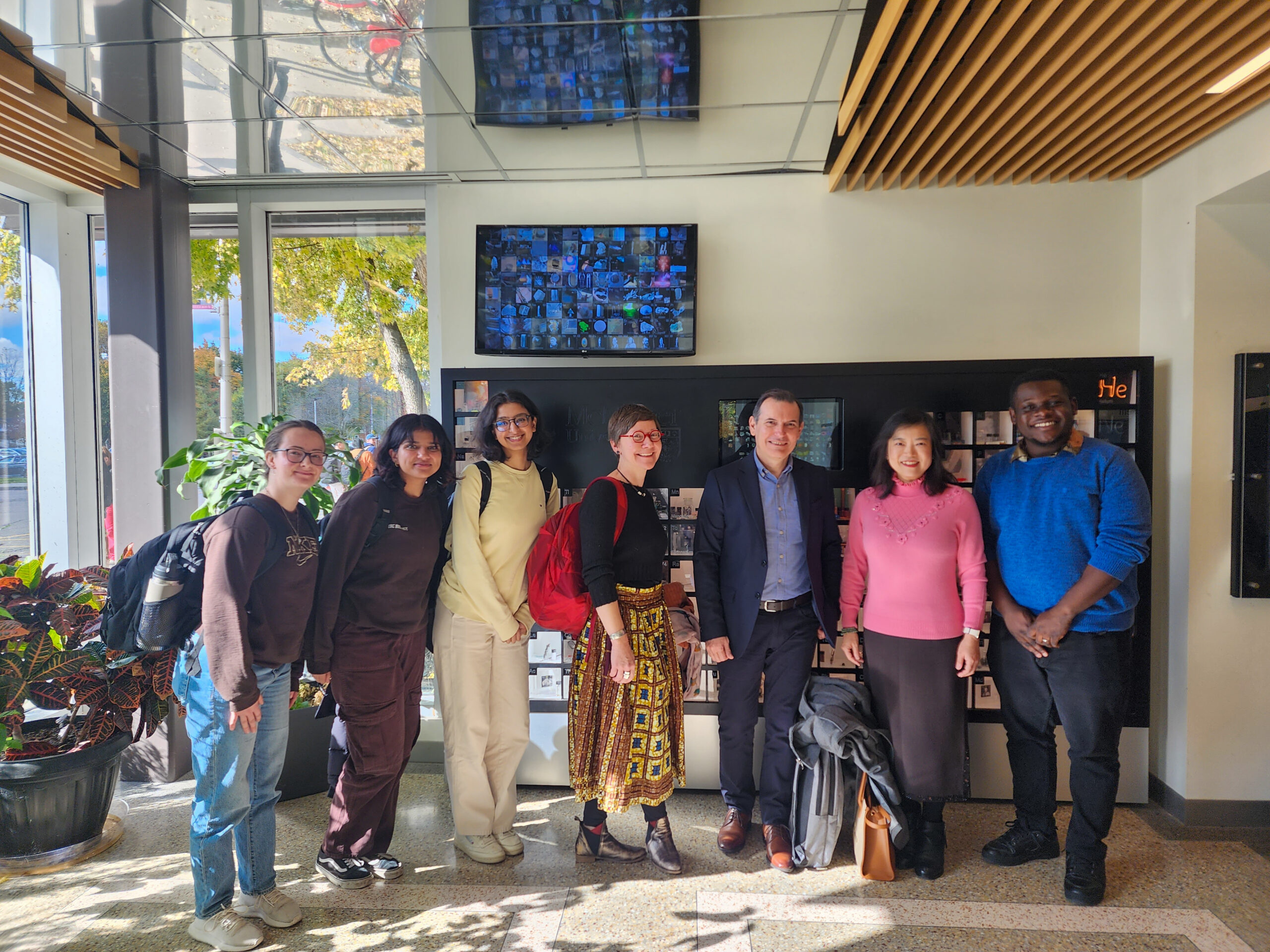Living on the Tundra

Teepees on a tundra. That was my first impression of Kautokeino, Norway. Teepee-like structures, called lavvu, dot the landscape and are integrated into the town. Nearly every home has one; it’s not surprising since lavvu are a major part of the Sámi culture, and Kautokeino is one of two municipalities in Norway where the Sámi are a majority.
I was sent to the High North nearly a month ago to collect data for my thesis on the effect of climate change on Sámi youth mental health, wellbeing, and cultural continuity; Kautokeino was the perfect place for it. It is one of few places left in Scandinavia where the Sámi are a majority, where Northern Sámi is spoken daily, and where the traditional Sámi lifestyle is celebrated.

The Sámi are an Indigenous minority in Scandinavia and Western Russia; however, they’re often neglected as a minority in these countries. For instance, Norway hasn’t allowed its citizens to identify as Sámi on censuses since the 1950s because of the belief that the Sámi have completely integrated into mainstream Norwegian society. This hidden conflict has meant that Sámi culture is under threat. Notably, several traditional practices like herding semi-domesticated reindeer and duodji (traditional handicraft making) may soon disappear due to a lack of support in policy and in Norwegian society as well as the detrimental effect of climate change in the Arctic.
To get a holistic idea of the different factors affecting Sámi youth in Kautokeino, I had the privilege to talk to high school students, mental health professionals, professors in fields like Sámi journalism and reindeer herding, duodji makers, as well as the editor of an Indigenous rights journal, and Kautokeino’s main religious leader. The most fun was interviewing the duodji makers as they worked cutting reindeer hide into shoes, sewing mitts, and carving wooden cups.

I mostly wanted to come up to the North to do my thesis because I have discovered a passion for Indigenous health. Among the Indigenous community, the Sámi are rather unique, with their prolonged exposure to assimilation, their inability to officially identify as an ethnicity, and their distinctive lifestyle. The opportunity to meet and talk to Sámi about their life experiences was a major draw, as was thefact that I could develop my own research question and focus. With the experience I gain from this internship, I hope to continue working in Indigenous health. I’m hope this experience will help me network within the community, as well as gain a greater understanding of Indigenous health research and the unique considerations that are part of the process.
This is my last week here in the North. I already know that I will miss the amazing people, the delicious reindeer stews, and the common language of handicrafts. But what I’ll miss most will be walking in the tundra at who-knows-what-time, swarms of mosquitoes be damned.
Emilie Kowalczewski
Student BlogRelated News
News Listing

November 12, 2024

November 5, 2024

Pollution, Power, and Protest: Unpacking Environmental Racism from Africville to Wet’suwet’en
Student Blog
October 10, 2024
